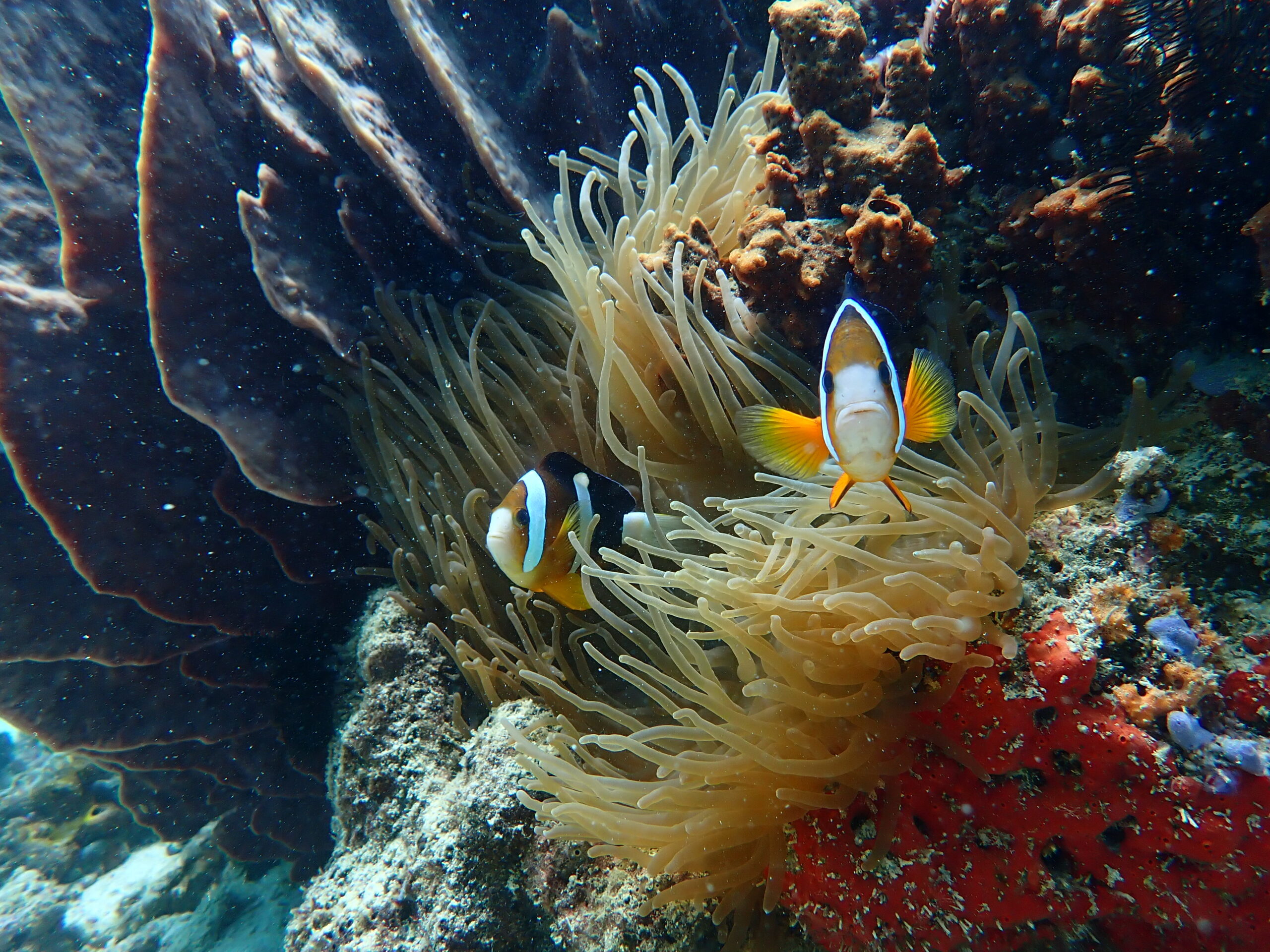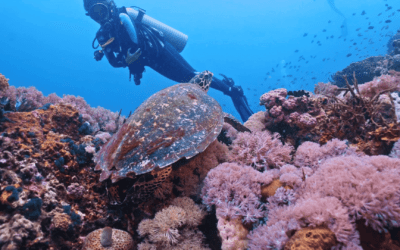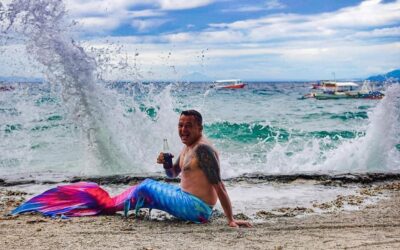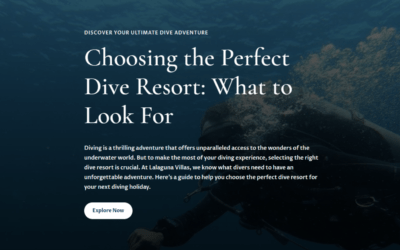The marine life of Puerto Galera: Clownfish

Thanks to one of Disney/Pixar’s all-time great animated movies, clownfish have been one of the world’s most recognisable tropical fish for twenty years now.
But there is more to these beautifuol little fish than Nemo and his dad Marlin.
The Clownfish Code: Scientific Standout
Scientifically known as Amphiprioninae, clownfish are small members of the Pomacentridae family, commonly referred to as damselfish.
Their distinct stripes and electrifying colours, ranging from rich oranges to vivid blues, not only dazzle the eyes of divers but also serve an important ecological purpose.
Their colours help them camouflage among the swaying tendrils of sea anemones, providing protection from potential predators.
As any Finding Nemo fan knows, in this symbiotic relationship clownfish are resistant to the stinging cells of sea anemones, a defense mechanism they develop from a young age.
A ‘Fin’-tastic Friendship
Venture closer to the sea anemones – creatures that resemble delicate underwater flowers but are in fact animals – and you’ll see clownfish dart in and out of the anemone’s tentacles, swimming up to greet (or sometimes, rather adorably, threaten!) a diver who gets too close, or ducking down to evade predators, then peeking out to spy for food.
In this symbiotic relationship the clownfish gain protection, while they bring a regular supply of food for the anemone, in the form of leftover morsels from the clownfish’s meals. The mucus layer on the clownfish’s skin prevents them from being stung.
Shifting Identities
A lesser-known fact about the species is that all clownfish are born male, possessing the ability to change their gender. In each anemone dwelling, the largest individual is the dominant female, while the second-largest is her male counterpart. Should the female die, the dominant male undergoes a remarkable transformation, changing sex to fill the vacancy.
Where to find Nemo
Clownfish inhabit the warm, tropical waters of the Pacific and Indian Oceans. They are commonly found in coral reefs and lagoons, where the water temperature is relatively stable and provides them with suitable conditions for survival. Here in Puerto Galera you’ll likely encounter a clownfish family on most dives.
Caring for our clownfish
For many years after the release of Finding Nemo, clownfish found themselves at risk of capture for private aquariums by nefarious poachers and those (non PADI trained!) divers ignorant of the importance of leaving aquatic species where they are. The fish tend not to do well in captivity and as with all marine life encountered while diving, should be res-ected and left where they are to enjoy life in their natural habitat.
That habitat faces global threats due to human activity and climate change, but we are pleased to report that clownfish populations here in Puerto Galera remain strong.




